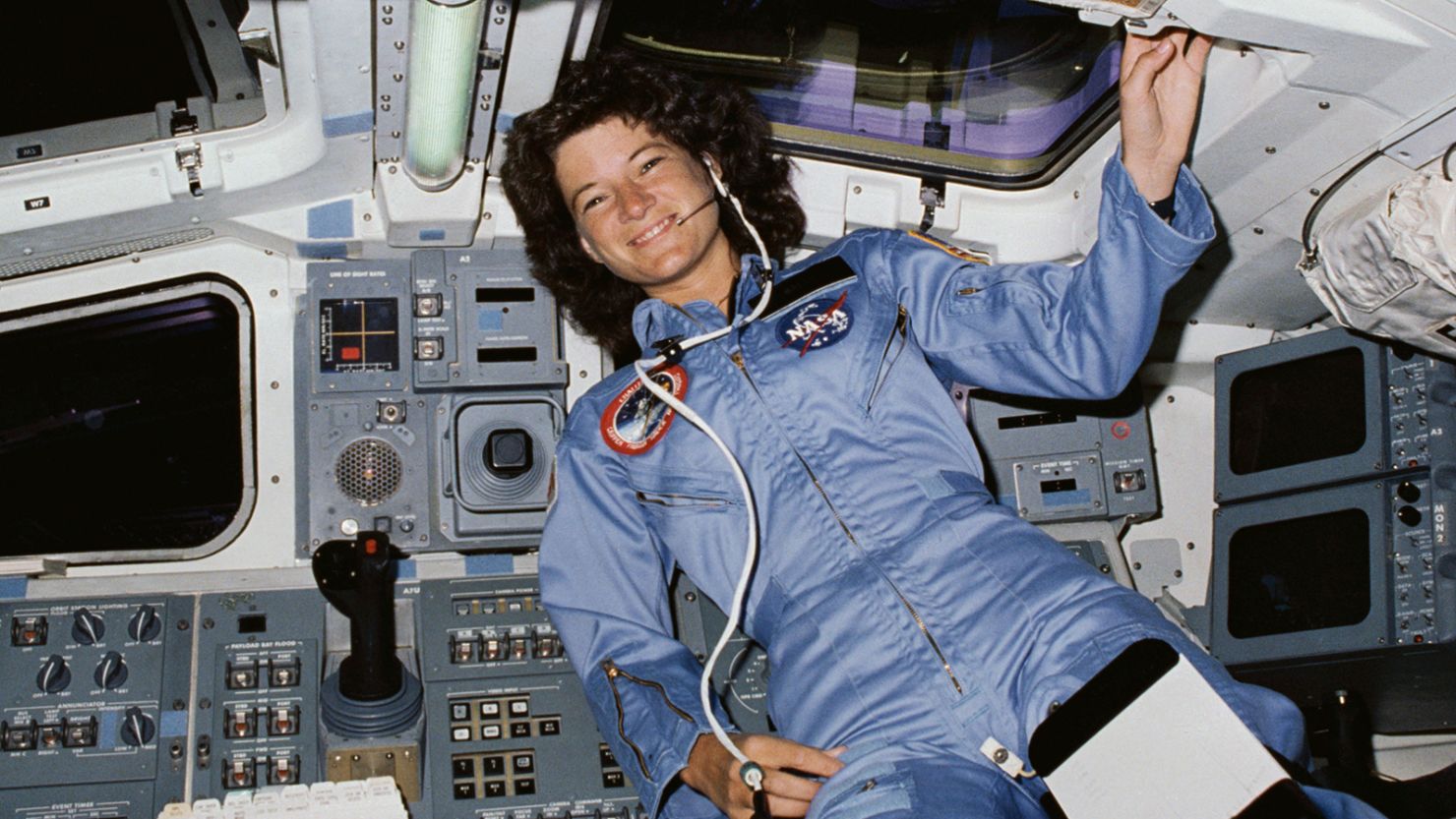It’s 1967. A 20-year-old woman stands in line at the Boston Marathon, her sneakers laced tight, her heartbeat syncing with the buzz of the crowd. Officials try to shoo her away—“This race isn’t for you!”—but Kathrine Switzer stays put. When the starting gun fires, she becomes the first woman to officially run the marathon, her race number (261) plastered across photos of a snarling official lunging to tear it off. Switzer didn’t just finish the race; she ignited a revolution by asking a question that would echo for decades: “Why not me?”
This isn’t just a story about running. It’s about audacity. Across history, women have dismantled barriers not by waiting for permission, but by rewriting the rules of what’s possible. Their stories aren’t tidy tales of triumph—they’re messy, gritty, and gloriously human. Let’s dive into the lives of women who stared down the status quo and built doors where walls once stood.
The Astronaut Who Laughed at Gravity
In 1983, Sally Ride strapped into the Space Shuttle Challenger, her pocket stuffed with 100 tampons because NASA engineers—all men—worried zero gravity might “cause hygiene issues.” Ride didn’t just become America’s first woman in space; she became a walking middle finger to the absurdity of exclusion.
But here’s the twist: Ride never set out to be a trailblazer. She was a physicist who loved tennis and Star Trek, recruited by NASA after answering a newspaper ad. When asked if she feared spaceflight, she quipped, “I’m more afraid of what people will ask me about makeup.” Her mission wasn’t just scientific—it was cultural. By treating her gender as irrelevant to her competence, Ride forced the world to catch up.
Lesson: Sometimes, breaking barriers means refusing to acknowledge they exist.

The Warrior Queen Who Fought Colonizers with Poetry
Long before hashtag activism, Rani Lakshmibai, the 19th-century queen of Jhansi, wielded words and swords with equal flair. When the British Empire annexed her kingdom, citing a “doctrine of lapse” because she had no male heir, she famously declared, “I will not give my Jhansi!”
But here’s what textbooks skip: Lakshmibai wasn’t just a warrior. She was a strategist. She trained women in her court to fight, turning silken saris into shields and hairpins into daggers. When British forces surrounded her fortress, she escaped by jumping horseback from a 20-foot wall—her infant son strapped to her back—and kept fighting. Her final words? “Let them see what a woman can do.”
Lesson: Resistance isn’t always loud. Sometimes, it’s a quiet, unyielding “No.”
The Coders Who Outsmarted War
-
Three women—Jean Jennings, Betty Snyder, and Kay McNulty—huddle in a dimly lit room at the University of Pennsylvania, poring over a 30-ton machine called ENIAC, the world’s first computer. Their task: program it to calculate artillery trajectories for WWII. No manuals, no coding languages—just logic and grit.
When the war ended, their contributions were erased from history. Male engineers took credit; the women were dubbed “refrigerator ladies” (people assumed they were models posing with the machine). But Jennings and her team didn’t sulk. They kept coding, laying groundwork for the digital age. Decades later, Snyder co-designed the first commercial computer, her name still missing from patents.
Lesson: You don’t need credit to change the world—just stubbornness.

The Activist Who Weaponized Dance
In 1977, Argentine dancer and choreographer Ana María Stekelman staged a performance in Buenos Aires’ most notorious prison. Her audience? Political prisoners were tortured under the military dictatorship. Guards scoffed, but Stekelman’s modern dance piece—raw, pulsing, defiant—left inmates weeping. One whispered, “You’ve given us back our humanity.”
Stekelman’s art wasn’t escapism; it was rebellion. Under a regime that disappeared 30,000 dissidents, she turned her body into a manifesto. When censors banned her work, she danced in basements and alleyways. “They can jail my body,” she said, “but not my rhythm.”
Lesson: Creativity is the ultimate act of resistance.
The Chef Who Fed a Revolution
In 1960s Harlem, Leah Chase, “the Queen of Creole Cuisine,” turned her restaurant, Dooky Chase’s, into a sanctuary for civil rights leaders. Over bowls of gumbo, Thurgood Marshall plotted school desegregation, and Martin Luther King Jr. drafted speeches. The FBI surveilled them; Chase countered with extra helpings of shrimp étouffée.
But Chase’s defiance wasn’t just culinary. When white critics dismissed Creole food as “slave food,” she elevated it to fine dining, insisting Black culture deserved a seat at America’s table. “Food is political,” she said, “and my kitchen is my protest.”
Lesson: Change doesn’t always roar. Sometimes, it simmers.
The Drag Queen Who Built a Family
Before RuPaul, there was Marsha P. Johnson—Black, transgender, and unapologetically fierce. At the 1969 Stonewall riots, she hurled a shot glass at a police officer (the “shot glass heard ’round the world”), sparking the LGBTQ+ rights movement. But Johnson’s legacy isn’t just rebellion—it’s radical love.
She housed queer youth rejected by their families, funding her activism through sex work. She grinned when asked what the “P” stood for in her name: “Pay it no mind.” Johnson drowned in 1992 under suspicious circumstances, but her ethos lives on: “You never completely have your rights until you have the right to be messy.”
Lesson: True inclusion means embracing chaos.
The Quiet Power of ‘Why Not Me?’
These women didn’t have superpowers—they had something better: audacity mixed with humor and rage softened by grace. They understood that barriers aren’t walls; they’re invitations.
So next time you’re told, “This isn’t for you,” channel Switzer’s marathon grit or Stekelman’s rogue pirouettes. Ask:
-
“Who decided that?”
-
“What if they’re wrong?”
-
“Why not me?”
Because history isn’t made by those who wait for doors to open, it’s made by women who kick them down—and leave them off the hinges for good.







+ There are no comments
Add yours